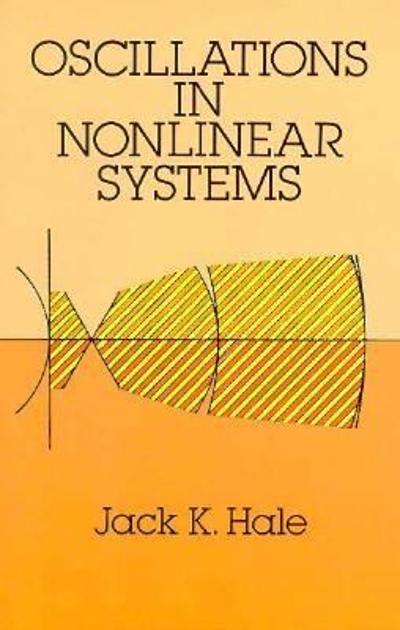* 1Vac x2VCC VarVec number(29) 57 number(29] 70 71 number(29) GG 46 47 1.0 number(29) 53 53 number(29) 72 74 number(28) 70 1.8 number(20) 64 55 1. number(29) 47 11 number(20) 57 1 12 number(29) 73 19 53 1. number(29) 53 15.. number (29) 67 16 71 1. 17 number(29) number(20) 64 1.8 19 number (29) 67 69 1.8 20 number(20) 69 70 1.8 number(20) 18 22 number (29) 63 64 LB 23 number(29) 64 L.B 24 number(29) 76 75 1.B 25 number(29) 57 L. 8 20 number(29) 55 1.8 You have been asked to assess the effectiveness of a new teaching tool. 25 students from your classes have been tested before and after the provision of the ool, so each student has two measurements associated with them. You can assume that your data is as normally distributed as you need it to be. be. The third column in this dateact corresponds to the of value necessary for part (b). (a) Test whether the teaching tool has changed student performance by answering the following: (i) What are No and If4 to wume that you know (hi] What is the test statistic, and under the null hypothesis what is its sampling distribution? (ili] Determine the region of rejection for a = 0.05. (iv) Is your test statistic in the region of rejection? Write a sentence or two about the determination. (v] Using Excel, R, or otherwise calculate the p-value. (vil What do you conclude about the hypotheses from the p-value with respect to a = 0.05? (vil] Build a 95% CI that corresponds to the hypotheses. (b) Test whether there Is evidence of more variability in the tool's effect than the variance value you have be given by answering the following: (i) What are Ho and HAY (ii) What is the best statistic, and under the null hypothesis what is its sampling distribution? (isi] Determine the region of rejection for a = 0.05. (tv) Is your toat statistic in the region of rejection? Write a sentence or two alsuit the determination. (v) Using Excel, R, or otherwise calculate the p-value. (vi) What do you conclude about the hypotheses from the p-rules with respect to a = 0.06? (vil) Build a 96% CI that corresponds to the hypothoms. () Produce a histogram of the sample differences that you need for part (a)







